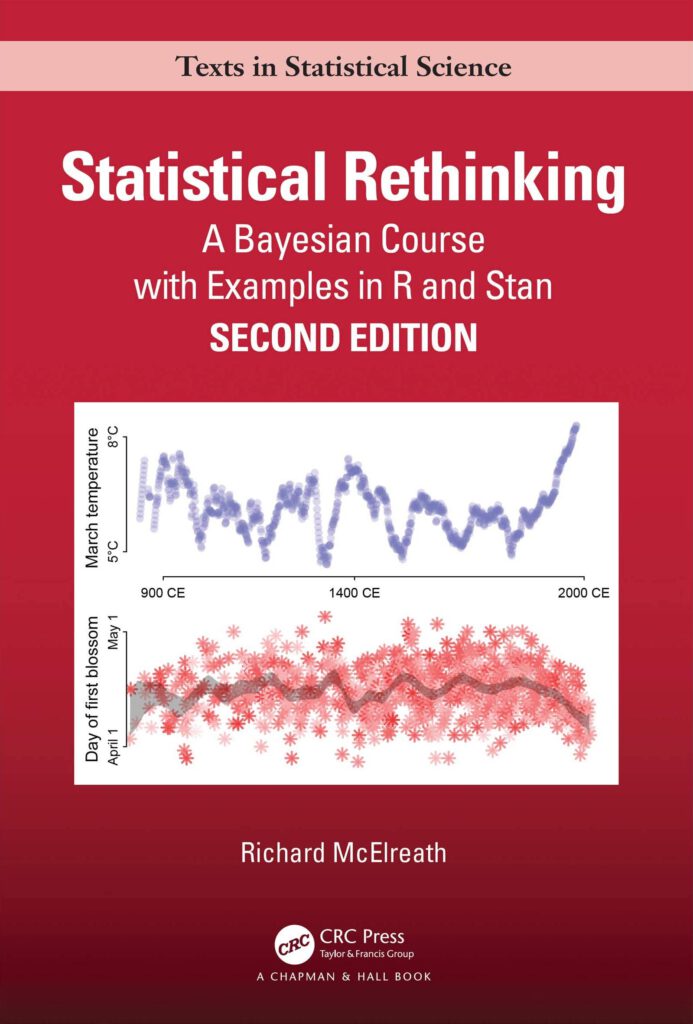Resources
Following resources are provided for the review. Reading books and watching tutorials is recommended as they provide the needed knowledge base.
Recommended Books
Papers on Cognitive Modeling
- Wilson RC & Collins AG (2019). Ten simple rules for computational modeling of behavioral data. E-life.
- Palminteri S. et al. (2017). The importance of falsification in computational cognitive modeling. Trends Cogn Sci.
Van den Schoot et al. (2021). Bayesian Statistics and modelling. Nature Reviews Methods.
Tutorials
In this course you will learn to code your own cognitive model in R. R is a statistical programming language that provides packages for many statistical tests. But it can be also used to write your own code in R. This requires some basic knowledge about programming (assignments, statements, loops, functions, etc.) and data visualization, which may not be part of the usual R tutorials on basic statistical analyses. Unfortunately, we do not have the time to cover these skills during the course, so if you are not familiar with programming in R, then you’ll find online tutorials below that will cover these basics.
R tutorials
Getting started in R when you know absolutely nothing: A Google Doc linking to several R tutorials for absolute novices. Covers very basic descriptive and inferential analyses, but not the basics of programming.
Statistical Inference via Data Science: A modern dive into R and the Tidyverse: An easily accessible introductory textbook on R and the tidyverse packages with a focus on data visualization, data transformation, and basic statistical test. Does not cover the basics of programming.
R for Data Science: A modern introduction to R with a focus on the steps of transforming, visualizing, and modeling data using the tidyverse collection of R packages. It a clear book with lots of relevant content, but for the course the chapters Program, Model. The chapters Explore and Wrangle are useful for beginners explaining a common workflow and data exploration and transformation.
R Tutorial for Beginners: Learn R Programming Language: A brief tutorial that is focused on the syntax without detailed explanations. Useful for people who already know basic programming constructs (loops, if-clauses, etc.) and only need specific R syntax. The tutorial also covers data types and data manipulation. Relevant sections are Introduction, Data Preparation, Programming, Data Analysis.
An introduction to R (Venables and Smith): A very condensed introduction to R that requires focused reading. Covers the basics of programming, data visualization with core R function (not ggplot2), and basic statistical analyses. Does not cover the popular Tidyverse packages.
Tutorials on Modeling
Statistical Thinking in the 21 century (Poldrack): A modern introduction into the concepts of statistical modeling, descriptive statistics, data visualization, modelling, sampling techniques, hypothesis testing, the General Linear Model, and Bayesian statistics. Highly recommended.



